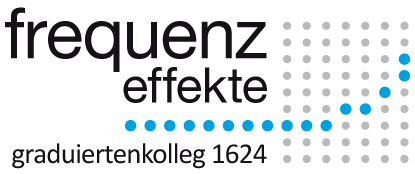Implicit Causality
| Ansprechpartner | Emiel van den Hoven |
| emiel.vandenhoven@frequenz.uni-freiburg.de | |
| Termin | October 13-14, 2016 |
| Ort | Werthmannstr. 8 |
|
More than 40 years ago, Garvey and Caramazza (1974:460) found that “[a] number of verbs when used, at least, with nouns referencing human or animate beings import an implicit attribution of the cause of the action or attitude indicated by the verb. One or the other of the noun phrases is implicated as the assumed locus of the underlying cause of the action or attitude.” Despite the large amount of studies on implicit causality (IC) that followed Garvey and Caramazza’s seminal study, a number of questions surrounding IC remained unanswered for a long time. For instance, is a reader/listener’s preference for a particular argument already present shortly after the verb is encountered, or does IC information only exert its influence on the understanding of the sentence at a later point, during sentence wrap-up? And is the type of causal information that underlies IC biases encoded by the verb or does it have to be inferred from world knowledge? Recently, several interesting studies have shed new light on these questions. Regarding the point in time at which IC information affects processing, Koornneef and Van Berkum (2006) and Van Berkum et al. (2007) have shown that both reading times and EEG-signals reveal a potential influence of verb bias immediately at the pronoun subject of the explanation-clause. Two visual world studies by Cozijn et al. (2011) and Pyykkönen and Järvikivi (2010) suggest that a strong causality bias can raise the expectation of a particular referent even before the pronoun has been encountered. Even more recently, Koornneef and Mulders (2016) conducted an eye-tracking study showing that the time point at which IC-information is used depends on individual differences in processing strategies, and Van Berkum et al. (2013) showed that whether or not readers use IC-information at all during processing depends on their mood. With regard to the locus of IC information, Hartshorne and Snedeker (2012) and Hartshorne, O’Donnell and Tenenbaum (2015) have shown that, if a fine-grained semantic classification is used, the semantic class of a verb is a remarkably strong predictor of the verb’s IC bias. Bott and Solstad (2014) present new evidence suggesting that the semantics of IC-verbs are underspecified, causing listeners and readers to expect particular kinds of explanations when these verbs are encountered. De la Fuente & Hemforth (in prep) develop this account further, showing that focus sensitive particles (even and only) in combination with IC neutral verbs similarly cause a preference for particular explanations for events (see also De la Fuente, Hemforth, Colonna, & Schimke, 2016). The aim of this workshop is to discuss whether, and if so, how these new findings and others might be integrated into a single coherent account of implicit causality. |


